 PRINTS AND MERCHANDISE AVAILABLE HERE
PRINTS AND MERCHANDISE AVAILABLE HERE
– – –
When I was at university, one of my mentors said something that has stayed with me. It was obvious to me the he realized how the photography program was utterly failing its students by providing zero instruction on career development, small business management, or information on how to navigate the gallery system. I had a sense that he was as disappointed with the department as I was (and continue to be), but it was equally obvious how passionate he was about the craft with the time and attention he paid to those students who demonstrated a genuine interest in fine art and photography.
As innocuous or even silly as it sounds, I remember him saying that “everything you make is a self portrait.”
Everything you make is a reflection of your sensibilities, your attitudes, your appreciations, and your conflicts.
I don’t know why, exactly, but that sentence had a marked impact on how I began to approach each new project. Rather than trying to make the most beautiful print, or try to imagine what my audience might want, I began to think of each painting, each photograph, each mono-print or lino-cut as a part of myself – a thumb-print on a skyscraper, small and forgettable, but unique – rather than a ‘product’ or an attempt to fulfill some arbitrary notion of what other people may value as great art. The tension between commerce and art has always existed, and compromises almost always need to be made in creative professions. But that doesn’t prevent the artist from taking time out of his day to make something in the privacy of his home or studio, make anything, for no other reason than he thinks it’s interesting or beautiful.
I liken the creative process to meditation. It’s where I find my center after a hard day. It has navigated me through troubled relationships. It has connected me to other people and helped create very fruitful and lasting relationships.
A frustrated piece is only ever the result of having an idea in your head, the vision of exactly how you want it to look when it’s complete, and getting to that point can be hard – sometimes impossible. But just as often, tinkering with a sketchbook or fooling around in the darkroom – having a glass of wine and slapping some paint onto a canvas when there is no pressure to achieve a specific goal – and the artist is free to improvise and embrace their own intuition and stream-of-consciousness. And that’s when real magic can happen.
Wasn’t it Picasso who said that every child is born an artist, the problem is how to remain one as we grow up?
I think there’s truth to that. Going to school, memorizing dates and spitting out correct answers for the test, learning the formula to a successful job interview, paying bills and raising children, taking the car into the shop and watching tragedy after tragedy unfold on the nightly news – these things can tamp-down our artistic impulses, distract us from our Selves.
Art is a magic trick. A therapy. A language without syntax. I absolutely love it.
Now do me a favor and try to enjoy this stupid picture of a glass bottle, will ya? And while you’re at it, think about picking up a paintbrush or photographing the sunset, making a collage out of old magazines or designing a scrap-book page to commemorate last Christmas – it certainly won’t hurt you. Find an excuse to smile, and enjoy your weekend.
With much love,
-joe
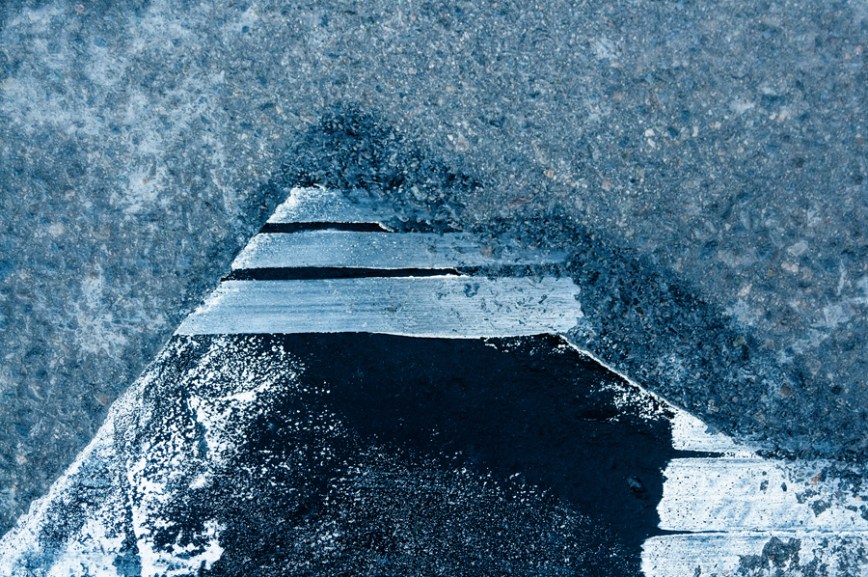
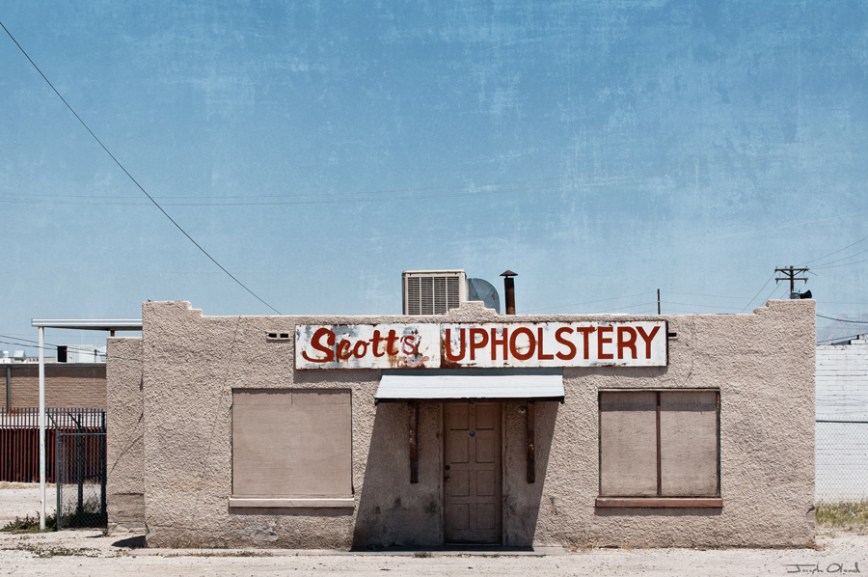 FINE ART PRINTS AVAILABLE HERE
FINE ART PRINTS AVAILABLE HERE FINE ART PRINTS AVAILABLE HERE
FINE ART PRINTS AVAILABLE HERE FINE ART PRINTS AVAILABLE HERE
FINE ART PRINTS AVAILABLE HERE
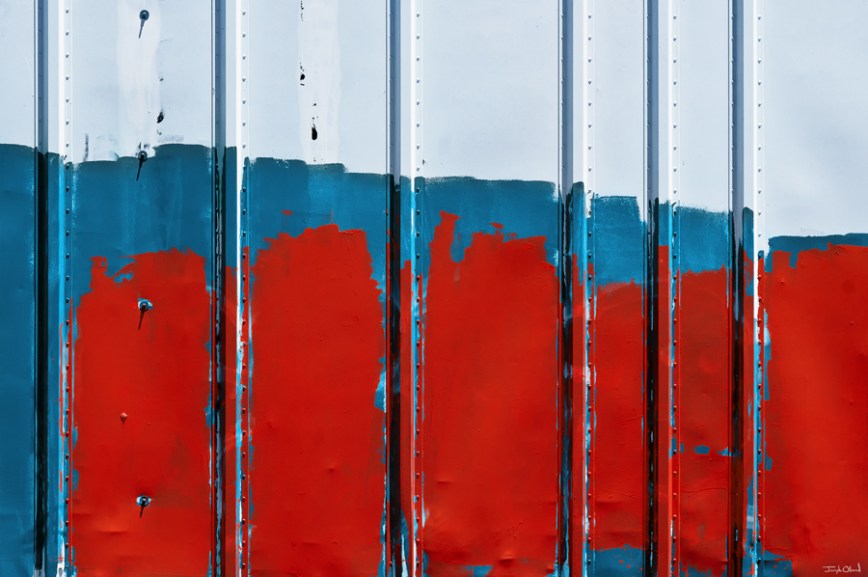 FINE ART PRINTS AVAILABLE HERE
FINE ART PRINTS AVAILABLE HERE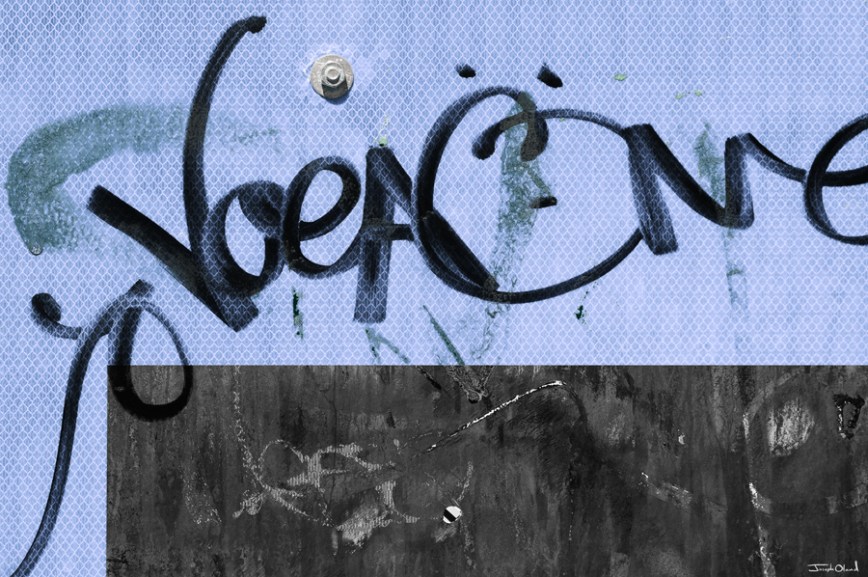 FINE ART PRINTS AVAILABLE HERE
FINE ART PRINTS AVAILABLE HERE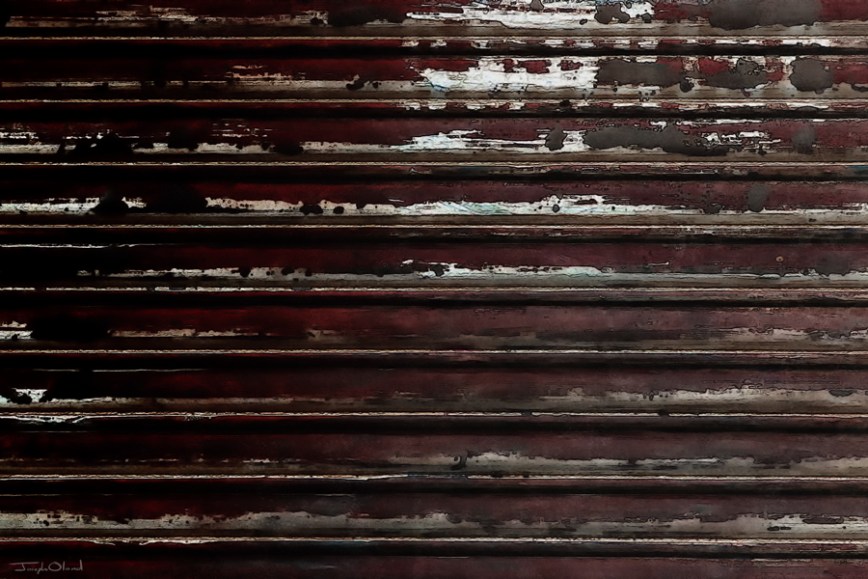 FINE ART PRINTS AVAILABLE HERE
FINE ART PRINTS AVAILABLE HERE FINE ART PRINTS AVAILABLE HERE
FINE ART PRINTS AVAILABLE HERE